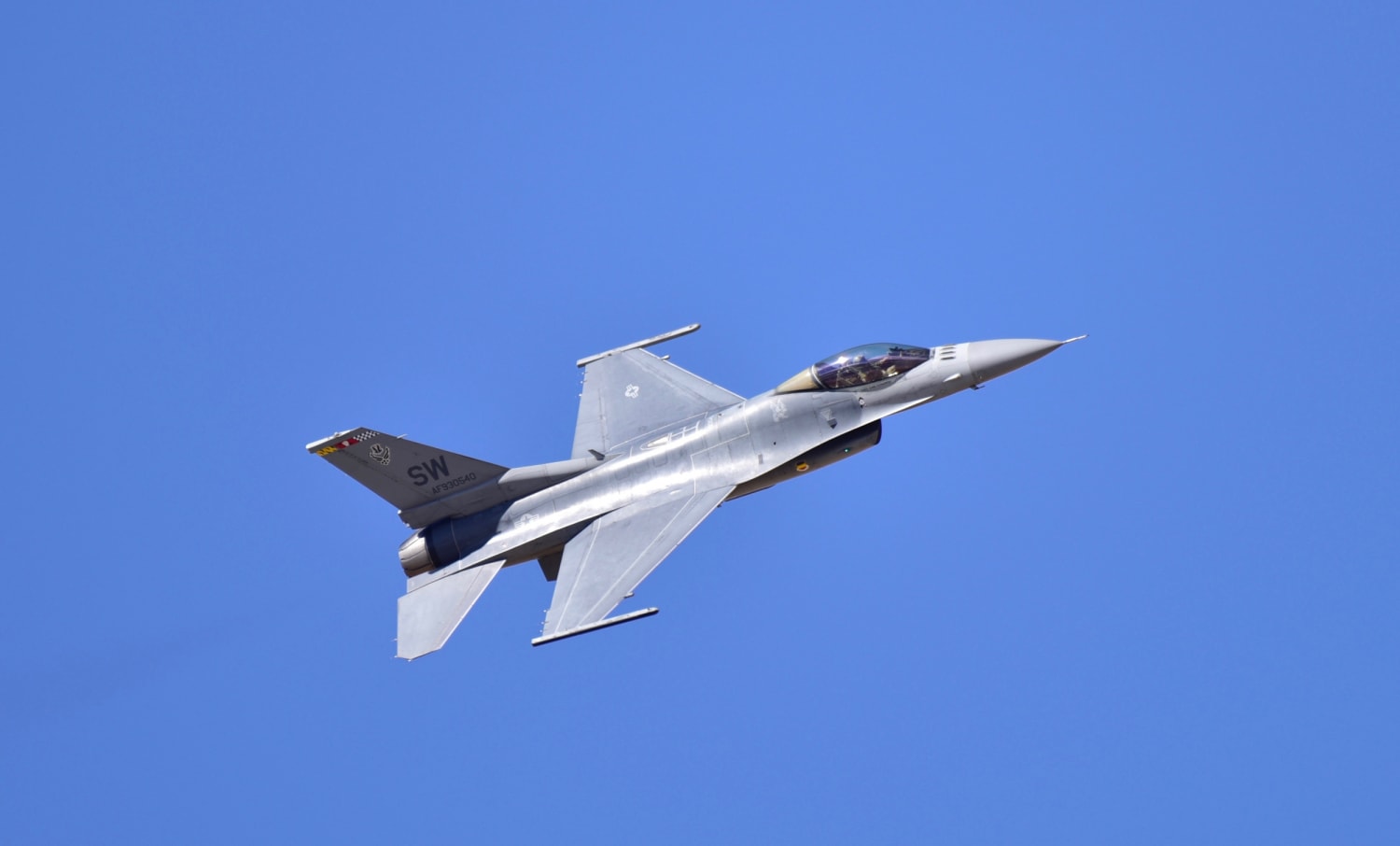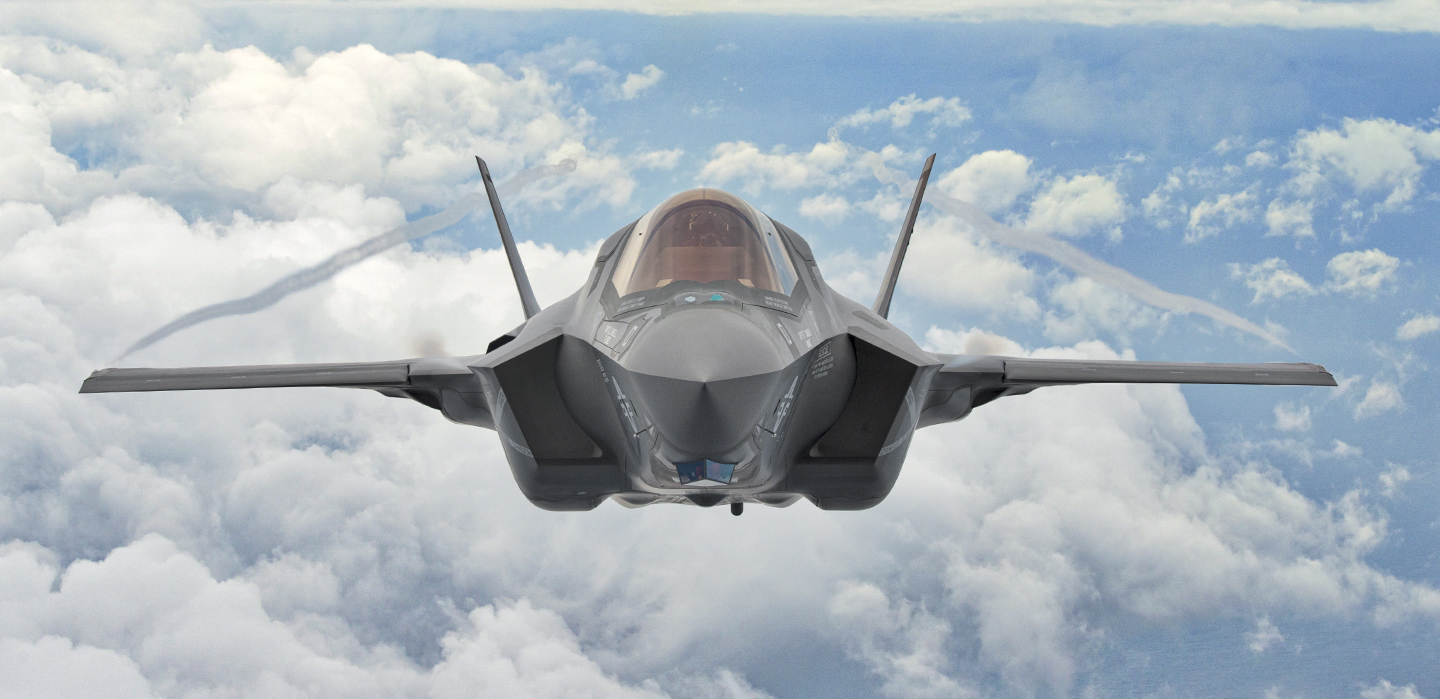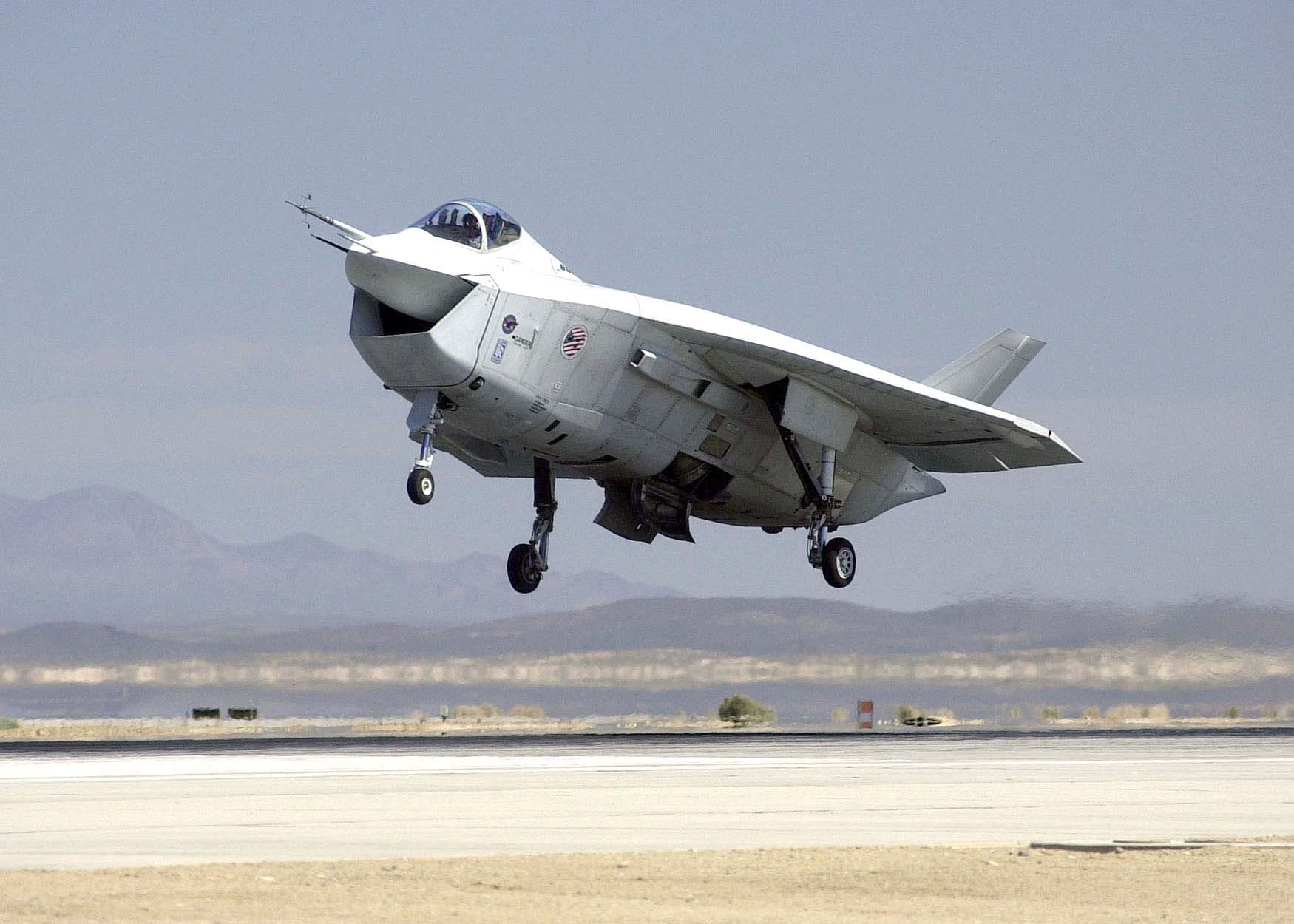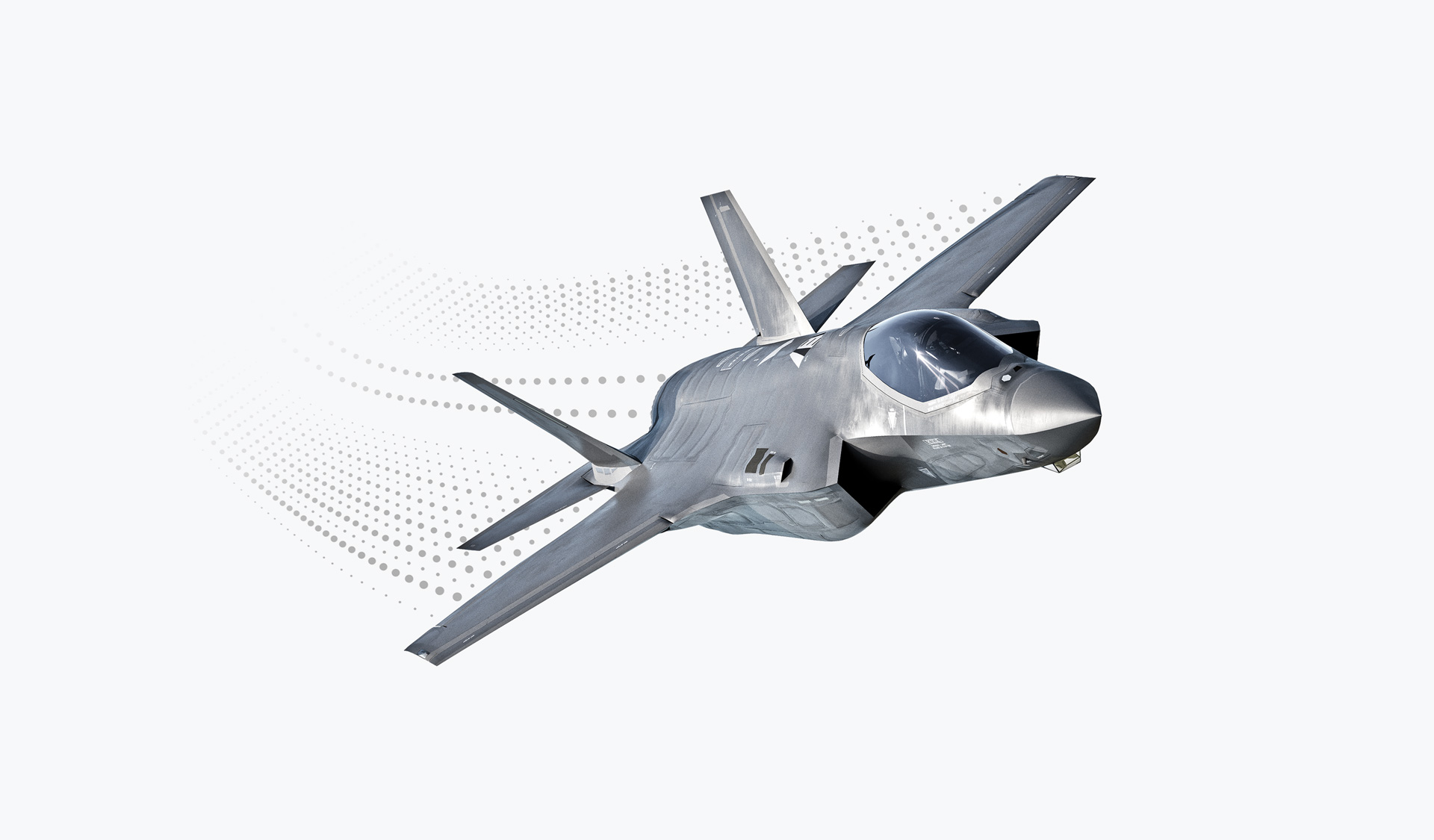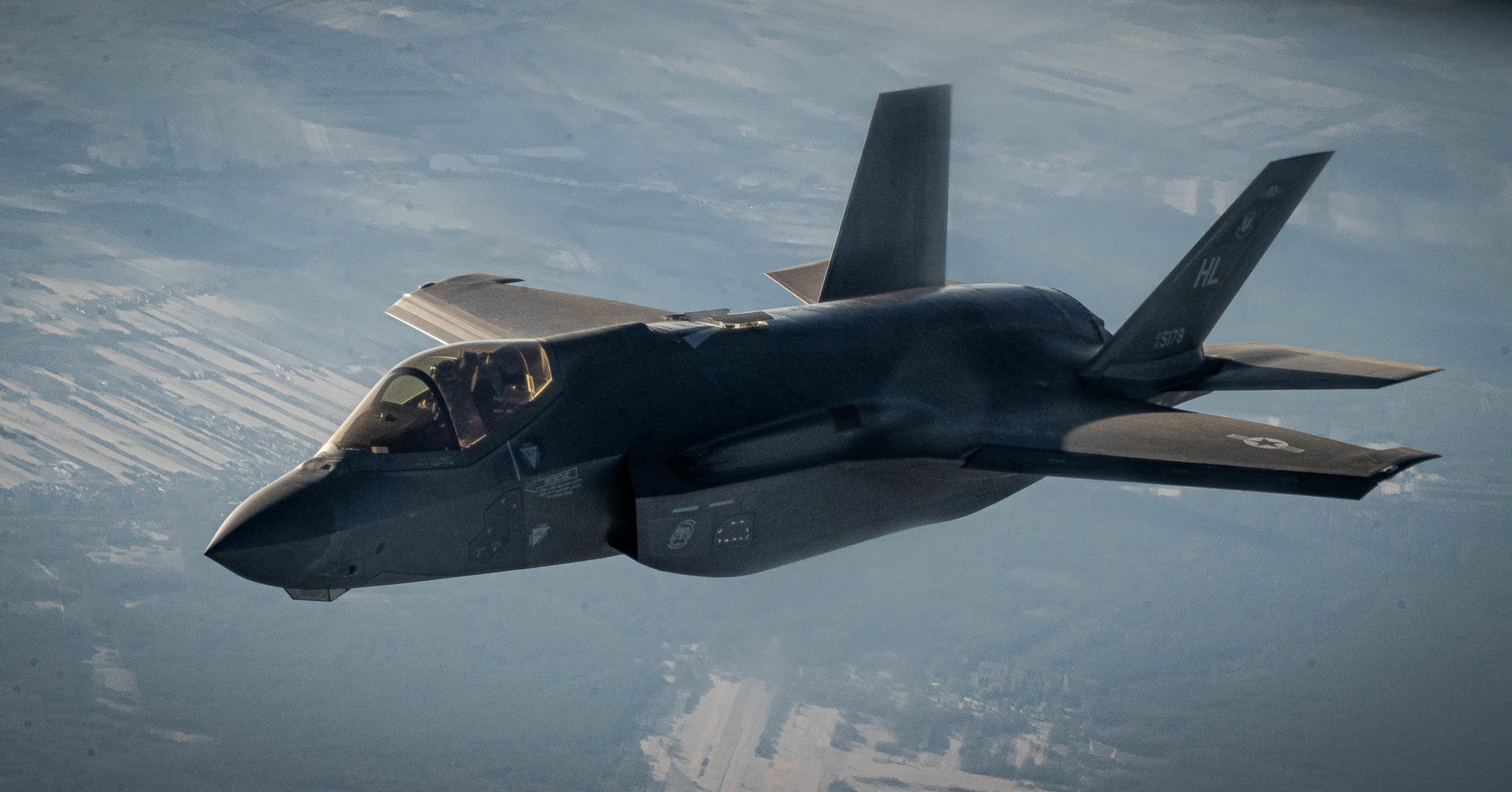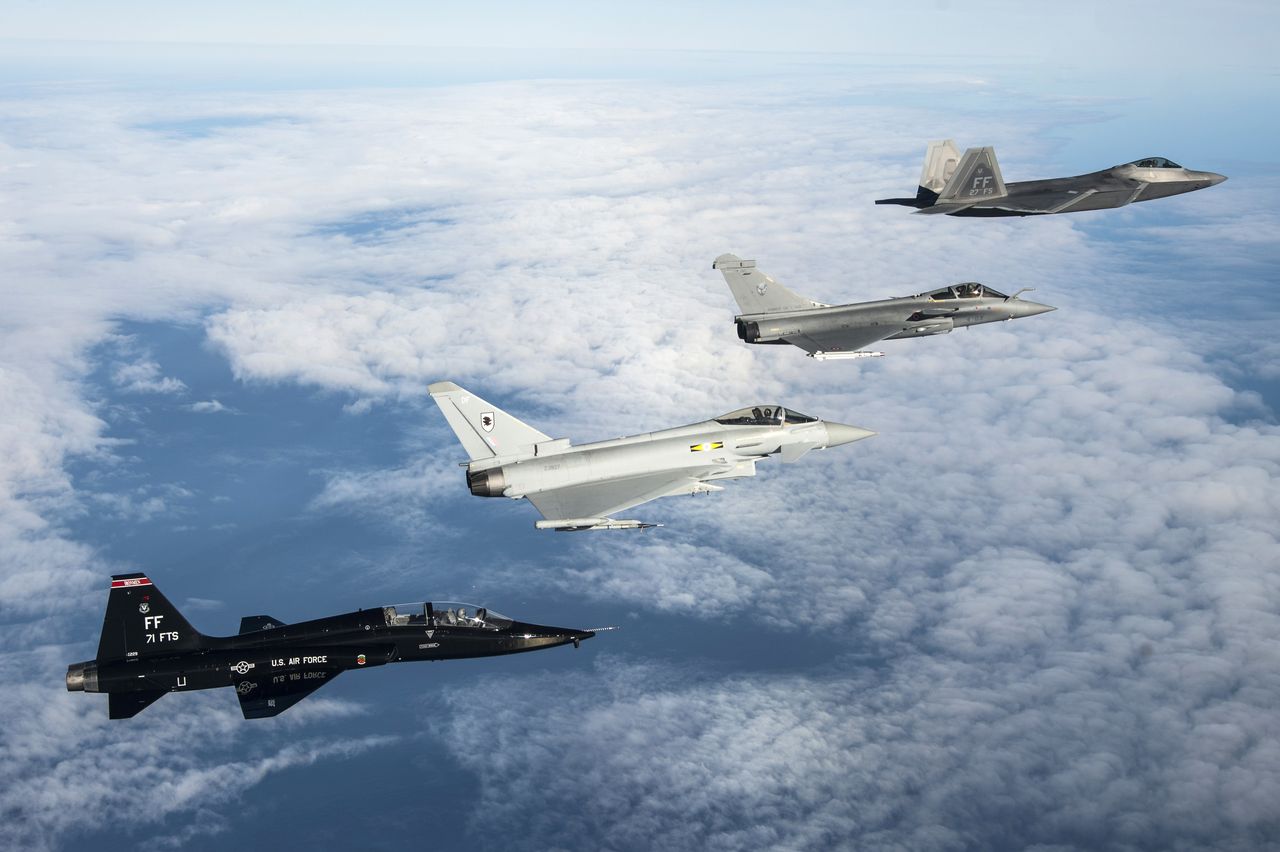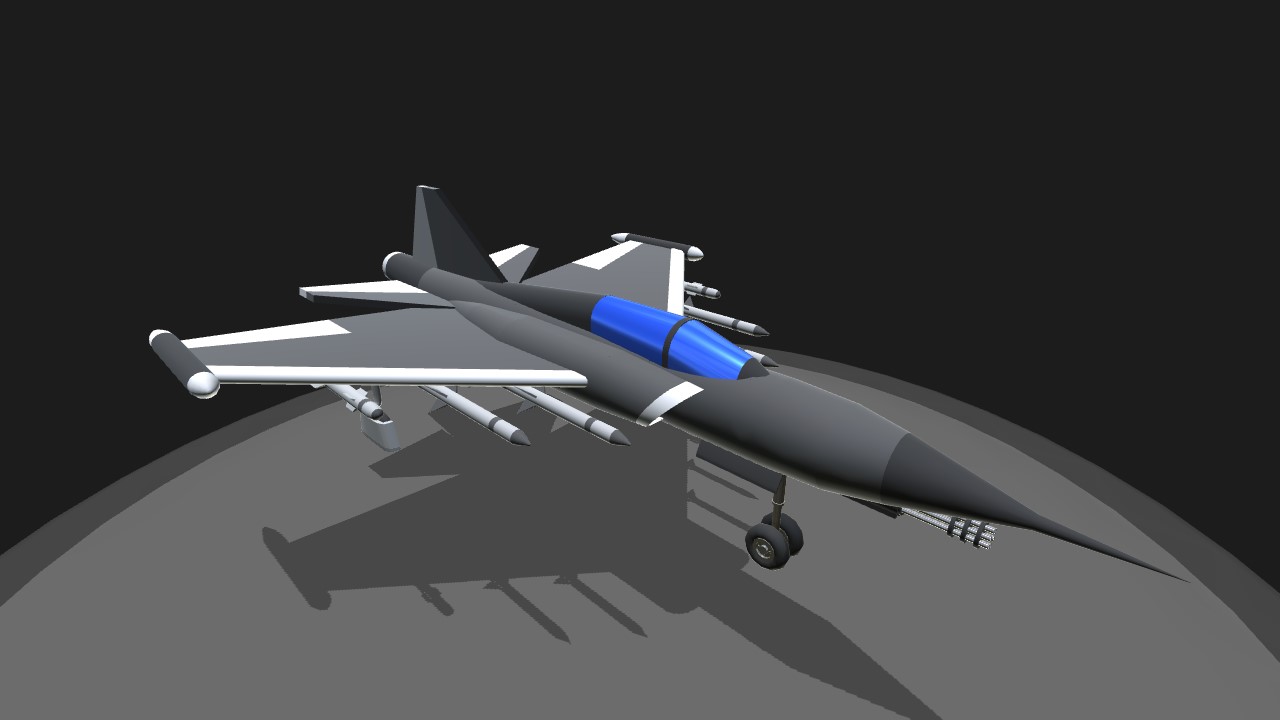Czp10c Vs Glock 19 - The Glock 19 is your go-to gun when it comes to finding the right balance between a service weapon and a concealed carry gun. For a long time, the G19 dominated as Glock's main pistol in civilian carry as well as law enforcement and military use. Like all great products, competition is expected and many will try to take the crown of the Glock 19. One that stands out in the compact pistol field is the CZ P-10 C. The CZ is very similar to the Glock 19; they are all polymer based guns from reputable companies.
So how does the popular Glock 19 compare to the impressive CZ P-10 C? Comparing the same types of firearms for each gun — there are no special brands or popular brands — here's how they break down:
Czp10c Vs Glock 19
These pistols are not too small and are larger than popular pistols like the Sig Sauer P365 and the Springfield Armory Hellcat. With this in mind, it is easy to hide them in well-made, reliable bags.
Glock 19 Killers: Best Compact Pistols That Aren't A Glock
These compact pistols are also large enough to fulfill the duty of a home defense gun. Both have trains to fire lights and lasers, as well as fiber optic cutting systems for those who want to go that route. Shotguns are easier to reload, have a longer range, and are smaller and have a higher muzzle than smaller pocket guns.
Both the Glock 19 (Gen 5) and the CZ P-10 C are designed to hold a 15 round magazine plus 1 round in the chamber and both are excellent pistols for different jobs, here is how they are stored. against each of them. other:
Guns that can install fiber optics are all the rage these days. They make you faster, more accurate, and give you a better look than a metal frame. The P-10 C and Glock 19 make smooth optic models. Shotguns are short, but a raised red dot solves that problem.
The Glock 19 MOS pistol offers you many options for optics, because it comes with four plates to have about a dozen. This rifle is equipped with CZ P-10 C Optics designed for Trijicon RMR and Delta Point Pro.
The Cz P 10m: Cz's New Micro 9mm, Reviewed
Both shotguns come with front and rear serrations, a Picatinny rail, ambidextrous slide locks, and a trigger guard with a fixed safety. Neither gun has a manual safety. The Glock 19 has an adjustable magazine button, but the P-10 C has an ambidextrous magazine release.
The sights that come with glocks are plastic and don't work to break, so most people replace them right away. The sights on the CZ are metal, very durable, and easy to use right out of the box.
The Glock 19 (Gen 5) comes with the Glock Marksman barrel, which is said to offer more accuracy than previous generations, and has a flared magazine for quick and easy reloading.

The CZ P-10 C comes with a flat face trigger, which is smaller than the curved one and provides more power. The standard Glock trigger wasn't bad but that being said, it was also pretty painful. That being said, what I like about the Glock trigger is that it is very easy and convenient to switch.
Cz P10c Urban Grey Suppressor Ready
The CZ P-10 C trigger is good, clean, and the trigger you'd pay extra for in a Glock.
Ergonomics are always a mixed bag and unless they are amazing or very different, it is more or less up to the user. There are a few things I've noticed, one of which is that Glock doesn't supply the gun well enough. One of the Glock's best features is the frame shaker.
The CZ P-10 C has a rugged and rugged design that fits your hand perfectly. I've never had a problem with Glock stock stippling, so I'm not biased in any way. The aggressive shape of the CZ grip can be uncomfortable when wrinkling with the body while holding the CBI and hinders shooters with a very tight grip.
CZ's compact pistol grips are even more impressive than Glocks. The magazine and slide release are large and comfortable to hold. With my big hands, my thumbs grip the Glock lock, and the slide doesn't engage the lock when it's empty with my big hands. CZ is not giving the same story as me.
Best Compact 9mm Pistol: The Perfect Ccws?
In terms of grip angle, I prefer the grip of the CZ and the CZ overall, but being objective, it's just a matter of preference.
Although I prefer the CZ P-10 C, the Glock 19 has a proven track record over the years. And while the G19 has been embraced by various military and law enforcement departments around the world, armed citizens continue to sing the praises of the P-10 C.
Both of these guns are proven performers, excellent shooters, and great for concealed carry, work use and home defense. So what do you say - which of these compact guns is your favorite? Sound off in the comments below, we want to hear from you!
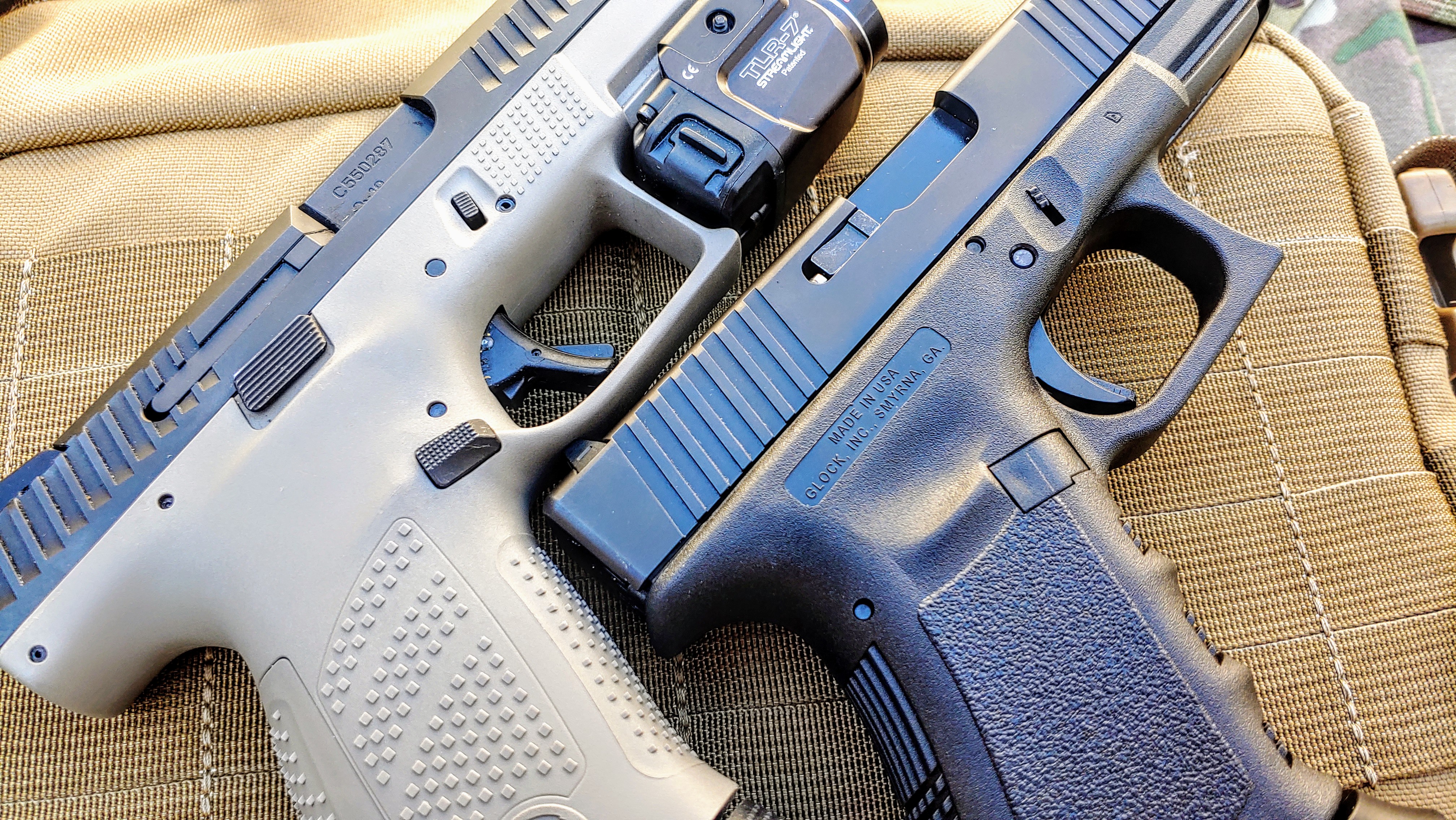
Travis Pike is a veteran Marine Machine Gunner who served with the 2nd Bn 2nd Marines for 5 years. He deployed to Afghanistan in 2009 and in 2011 with the 22nd MEU (SOC) on an 11 month deployment at sea. Travis has trained with the Romanian Army, the Spanish Army, the Emirate Marines, and the Afghan National Army.
Cz P10c Review: Best Cz Edc?
Tags: Concealed Carry , Glock , Travis Pike , CZ , Glock 19 , CZ P10c , home defense , 9MM Pistols & compact pistols Compact pistols seem like the Goldilocks standard of handguns. They are perfect for a job where they can double as a concealed carry gun and can be used for home defense. It's small and light enough to slip into your pants and hit the road, and it's also light and easy to handle for home protection. Compact guns are large enough to fill your hand and are easy to control with little modification from the standard model.
A compact pistol gives you many of the advantages of a large pistol and many of the advantages of a subcompact pistol. Today we take a look at three popular pistols and see which one comes out as the top dog. These guns are Sig P320C, Glock 19, and CZ P-10C.
I don't know if I should say this, but we will be looking at the 9mm versions of these guns.
A YOUNG MAN. As far as compact pistols go, the Glock 19 is the most popular Glock model - especially in the general market. This gun started the trend of compact pistols being accurate. It carries a rail, a 15-round magazine, and is now in its fifth generation.
Canik Mete Sf. Glock 19/cz P10c Size.
When the P320 hit the shelves, the P320C followed very quickly. Sig announced the P320 to give you everything that many believed left the Glock out. The P320C comes with a 15 round magazine, a rail, and a variety of available models.
As much as we try to keep CZ sacred, the P-10C brought them a lot of attention. The CZ P-10C is designed for a compact pistol and comes with a 15-round magazine, rail, and offers many models.
I have found these three guns to be very popular. The Glock 19 dominates the nest, but the P320C and P-10C fare better. I have divided this article into several categories, and we will discuss the advantages of each gun and why one may have limitations in each category.
They are fit to work and built to last. There isn't a bad gun in this category. However, some people progress in other groups a little. Remember that these are just my opinions, and the good news is that you can sound off in the comments to let me know what you think of each group.
Compact Pistol Showdown: Glock 19 Vs Cz P 10 C
Ergonomics is how the gun feels in the hand and how easy the controls are to reach. In this category, I think the CZ P-10C is the best. The Glock 19, even the latest generation, feels like a brick in your hand. The P320C feels like a thin brick in your hand. It's not terrible anymore, but when you meet the P-10C, you notice a big difference.
The P10C tightens its grip when it meets the tip behind the trigger. This thin part of the gun provides a very good grip. I didn't notice the brick look of the other two guns until I picked up the P-10C. Plus, the ultra-aggressive grip style is amazing and hard to beat.
Additionally, I appreciate the lock/release feature on the P-10C. On the Glock and Sig, put my fingers under the slide lock and make it idle. Both the P-10C and P320C control knobs are small, making them easy to choke. It is not difficult to find a magazine release for any weapon, and the CZ P-10C is one of them.
Leather holster glock 19, chest holster glock 19, appendix glock 19 holster, glock 19 owb holster, glock 19 mos holster, glock 19 iwb holster, ankle holster glock 19, glock 19 drop holster, best glock 19 holster, glock 9 by 19, glock 19 holster, serpa holster glock 19
